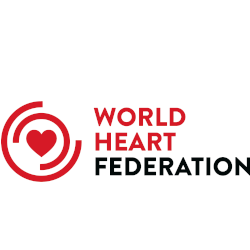State-of-the-Art Review
Genomic Correlates of Atherosclerosis in Ancient Humans
Abstract
Paleogenetics offers a unique opportunity to study human evolution, population dynamics, and disease evolution in situ. Although histologic and computed x-ray tomographic investigations of ancient mummies have clearly shown that atherosclerosis has been present in humans for more than 5,000 years, limited data are available on the presence of genetic predisposition for cardiovascular disease in ancient human populations. In a previous whole-genome study of the Tyrolean Iceman, a 5,300-year-old glacier mummy from the Alps, an increased risk for coronary heart disease was detected. The Iceman's genome revealed several single nucleotide polymorphisms that are linked with cardiovascular disease in genome-wide association studies. Future genetic studies of ancient humans from various geographic origins and time periods have the potential to provide more insights into the presence and possible changes of genetic risk factors in our ancestors. The study of ancient humans and a better understanding of the interaction between environmental and genetic influences on the development of heart diseases may lead to a more effective prevention and treatment of the most common cause of death in the modern world.
Highlights
- Oldest evidence on the presence of genetic predisposition for cardiovascular disease in the 5,300-year-old Tyrolean Iceman.
- Future genetic studies of ancient humans have the potential to provide more insights into the presence and possible changes of genetic risk factors in our ancestors.
- The study of ancient humans and a better understanding of the interaction between environmental and genetic influences on the development of heart diseases may lead to more effective prevention and treatment.


